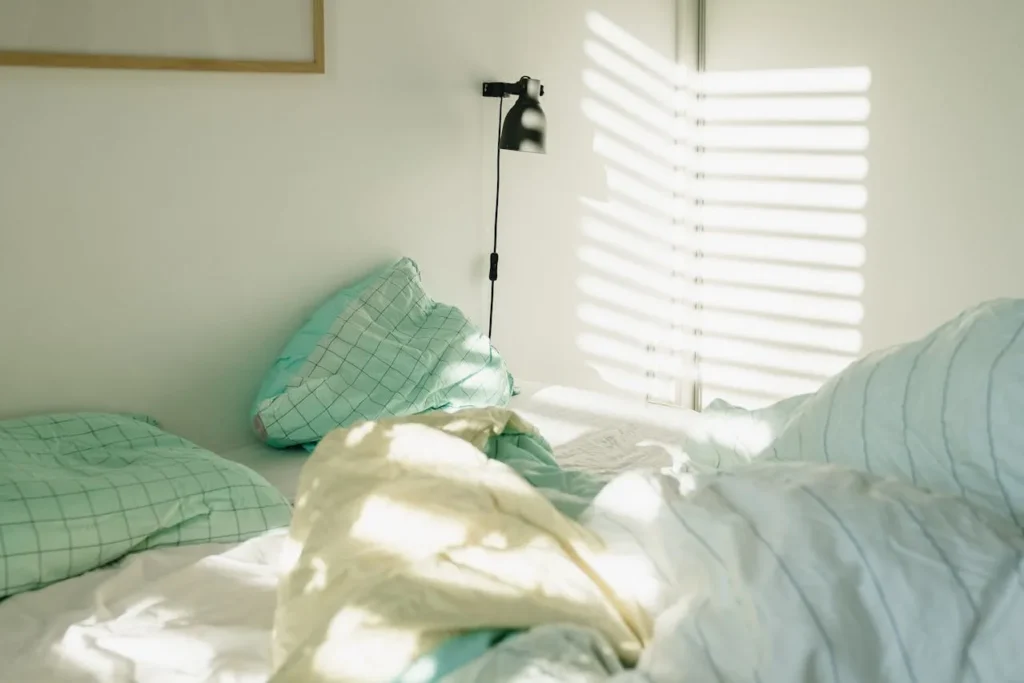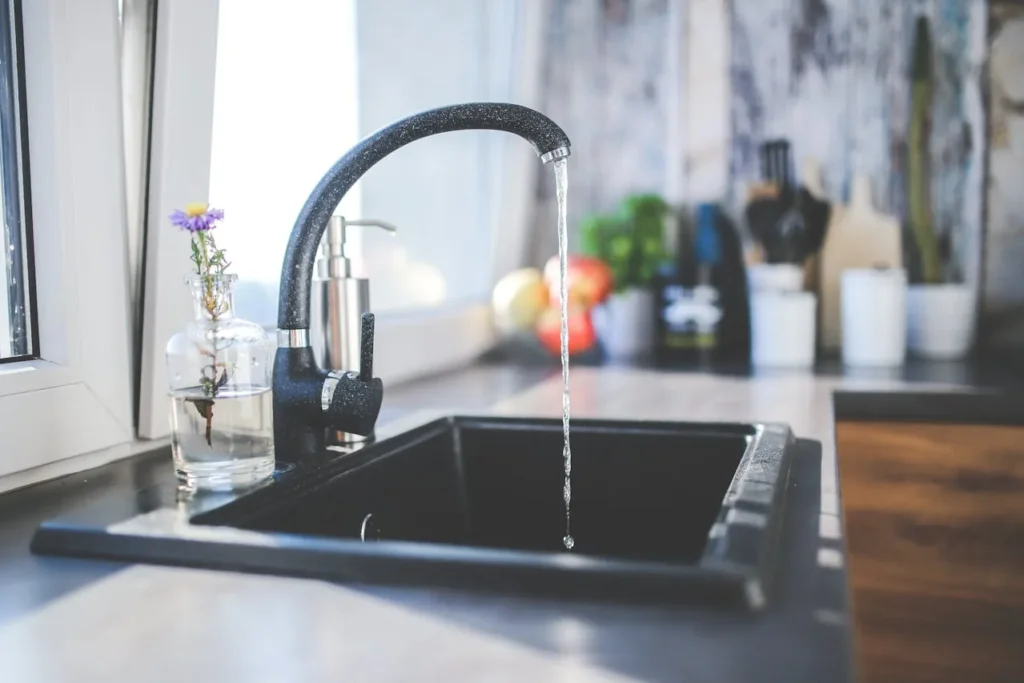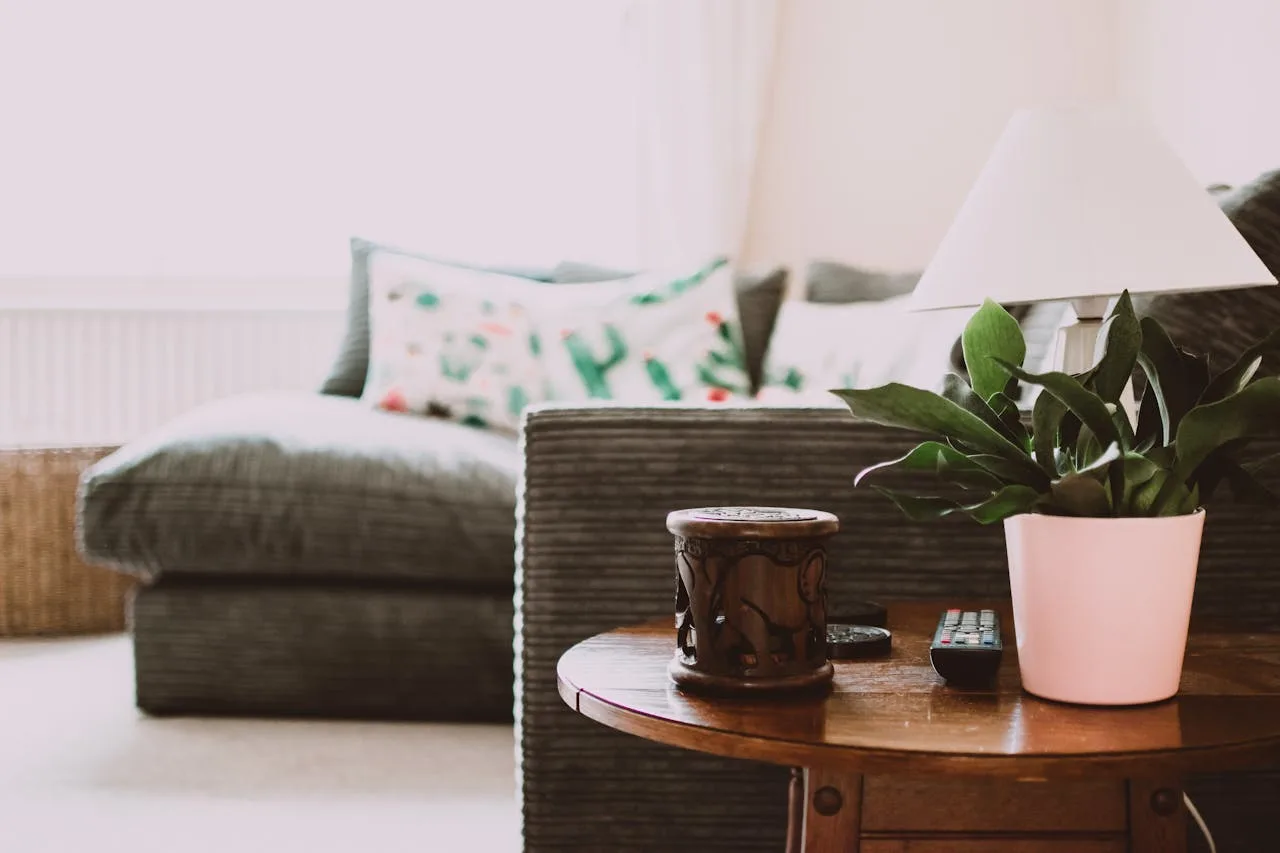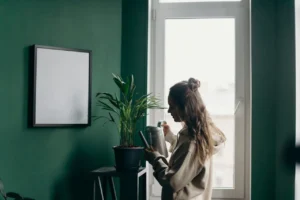Living an eco-friendly life doesn’t require major renovations, fancy systems, or replacing all your appliances. In fact, some of the most impactful changes come from simple daily habits – the things we use, reuse, and the choices we make with a little more intention. Whether you’re renting or just not ready for a big upgrade, here are easy ways to make your home truly eco-friendly, no renovation required.
Make the Most of Natural Light
Let’s start with something simple and completely free – sunlight. During the day, open your curtains and blinds to let natural light in. It brightens your home, lifts your mood, and helps cut down on electricity use.
You can also place mirrors across from windows to reflect light into darker corners of the room. This small effort might take a bit of getting used to, but once you build the habit, it becomes second nature and it’s a gentle but effective step toward a greener lifestyle.
If there are tasks you usually do at night out of habit – like reading, journaling, painting – but could just as easily be done during the day, try shifting them to daylight hours. Taking advantage of natural light can gradually help reduce your energy use without changing your routine too much.

Cut Hidden Electricity Waste
Many people don’t realize that devices like phone chargers, TVs, and microwaves continue using electricity even when they’re turned off. This is called phantom energy or vampire power. It happens because the device stays in standby mode, quietly pulling electricity so it can start up faster when you use it again.
An easy fix is to plug devices into a power strip and turn it off when they’re not in use. Even better, you can use smart power strips that automatically cut off power to devices when they’re not in use. It’s a small change, but over time, it can reduce energy waste and lower your electricity bill without any extra effort on your part.
Use Greener Cleaning Products
Many common cleaning products contain harsh chemicals that aren’t great for the environment or your lungs. When these products are rinsed down the drain, they often end up in rivers and oceans, where they can harm wildlife.
Try using natural alternatives like white vinegar, baking soda, and lemon juice. For example, vinegar is great for cutting grease, baking soda removes stains and odors, and lemon adds a fresh scent while fighting bacteria. These swaps may take a bit of experimenting at first, but they’re safer, more affordable, and far more eco-friendly in the long run.
You can also look for cleaning brands that offer refillable bottles or plant-based ingredients. Choose products labeled “bio-degradable” or “no artificial fragrances” when possible.
Reduce Single-Use Plastics at Home
As you might already know, plastic pollution is a serious issue – and a lot of it starts in our own kitchens and bathrooms. But the good news is, with a few small changes, you can make a big difference.
Instead of plastic wrap, try beeswax wraps or reusable silicone covers. Use glass jars or containers instead of throwaway plastic tubs. If you take lunch to work, opt for stainless steel lunchboxes or reusable snack bags.
In the bathroom, consider switching to bar soaps and shampoo bars to reduce bottle waste. Carry a refillable water bottle when you’re out, and say no to plastic straws when you don’t need them. These swaps may seem small, but they really do add up over time.
Freshen Up Your Space with Indoor Plants
Plants aren’t just for decoration, they help purify the air, boost your mood, and bring a touch of calm to your space. Certain plants, like spider plants and peace lilies, are especially good at removing indoor air pollutants like formaldehyde or carbon monoxide.
If you’re new to plant care, start with easy-to-grow varieties that don’t need a lot of sunlight or water. It may take a little attention at first, but soon it becomes a relaxing, rewarding habit – one that benefits both your well-being and the environment.

Choose Reusables Over Disposables
We throw away a lot of single-use items without even thinking: paper towels, napkins, plastic bags, foil, and more. By switching to reusable versions, you reduce waste and save money over time.
Try cloth napkins, washable dishcloths, and silicone baking mats. Keep a set of reusable grocery bags near your front door or in your car so you always have them handy. These changes might take a little adjusting at first, but soon they’ll feel like second nature.
Use Water Wisely
Water conservation is just as important as saving energy. Start by turning off the tap while brushing your teeth or scrubbing dishes. Collect the cold water that runs while waiting for the shower to heat, you can use it later to water plants or mop floors.
A simple but effective tool is a faucet aerator. It’s a small screen that attaches to your tap and mixes air with water, so you use less water without reducing pressure. It’s cheap, easy to install, and can help save hundreds of liters over the course of a year.

Buy Second-hand When You Can
New isn’t always better, especially for the planet. When you need furniture or home decor, check second-hand stores, local market-places, or community buy/sell groups. Reusing what already exists helps cut down on the energy and materials needed to make new products.
You might find unique, high-quality items that add character to your home and it’s often far more affordable. Plus, giving something a second life keeps it out of landfills.
Conclusion: Small Habits Make a Big Impact
Going green doesn’t mean making big, expensive changes. It means paying attention to the little things – how much energy you use, what you throw away, and how you care for your home. Even if these changes take a bit of time to get used to, they build habits that are better for both you and the planet.
You don’t need a renovation to live sustainably. Just a willingness to shift small choices, one day at a time.


